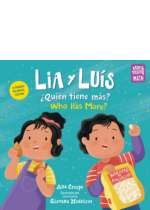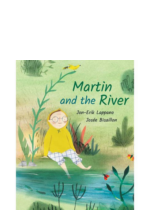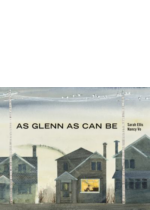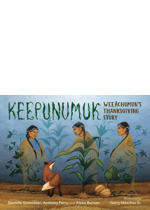
Wampanoag children listen as their grandmother tells them the story about how Weeâchumun (the wise Corn) asked local Native Americans to show the newcomers how to grow food to yield a good harvest–Keepunumuk–in 1621. The Thanksgiving story that most Americans know celebrates the Pilgrims. But without members of the Wampanoag tribe who already lived on the land where the Pilgrims settled, the Pilgrims would never have made it through their first winter. And without Weeâchumun (corn), the Native people wouldn’t have helped.

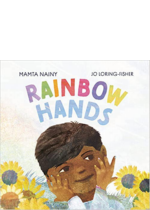
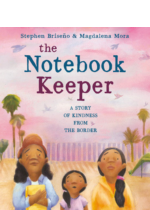
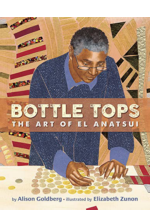
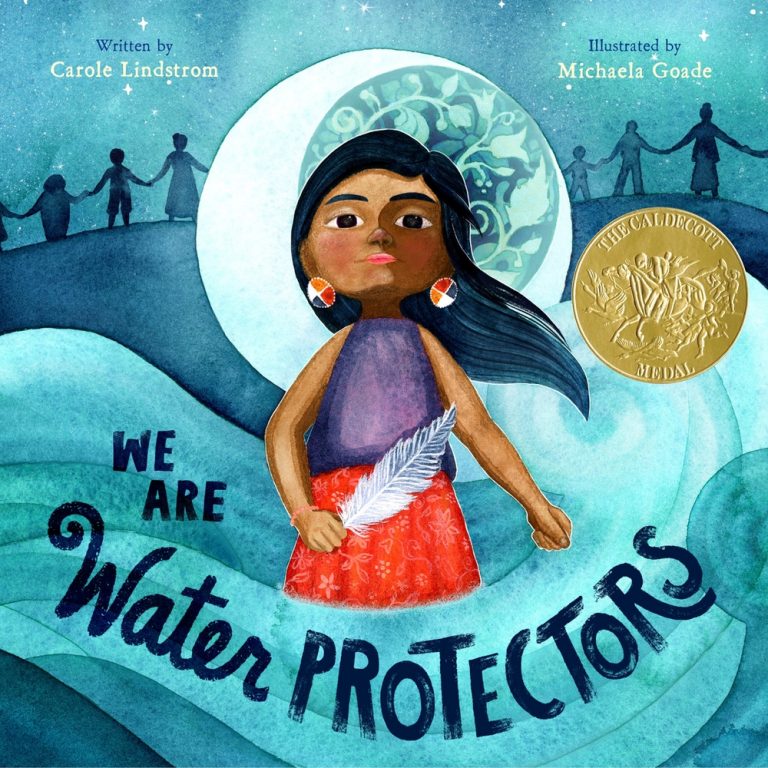 When a black snake threatens to destroy the Earth and poison her people’s water, one young water protector takes a stand to defend Earth’s most sacred resource.
When a black snake threatens to destroy the Earth and poison her people’s water, one young water protector takes a stand to defend Earth’s most sacred resource.